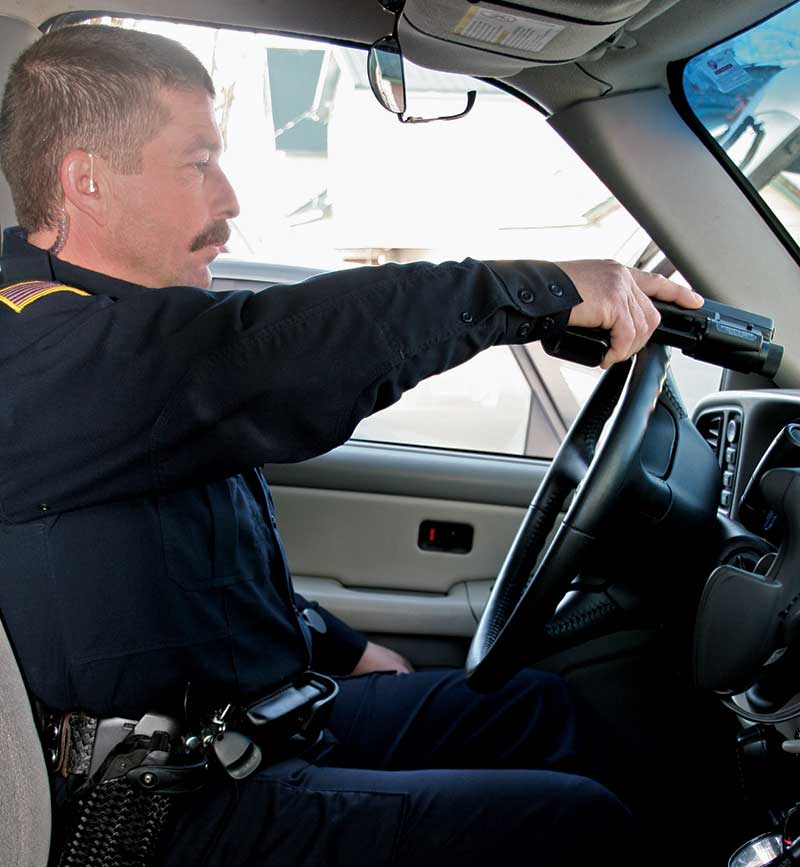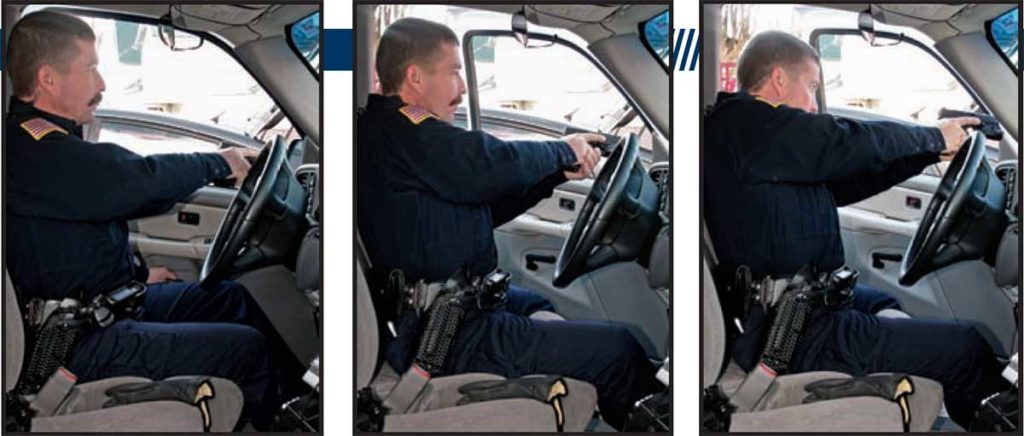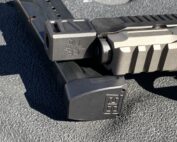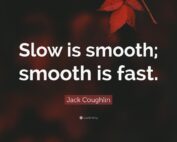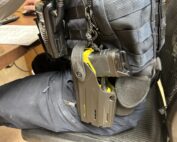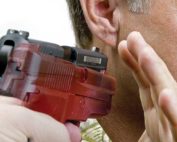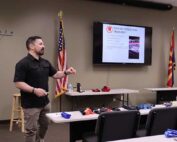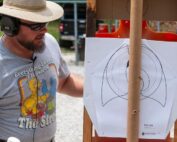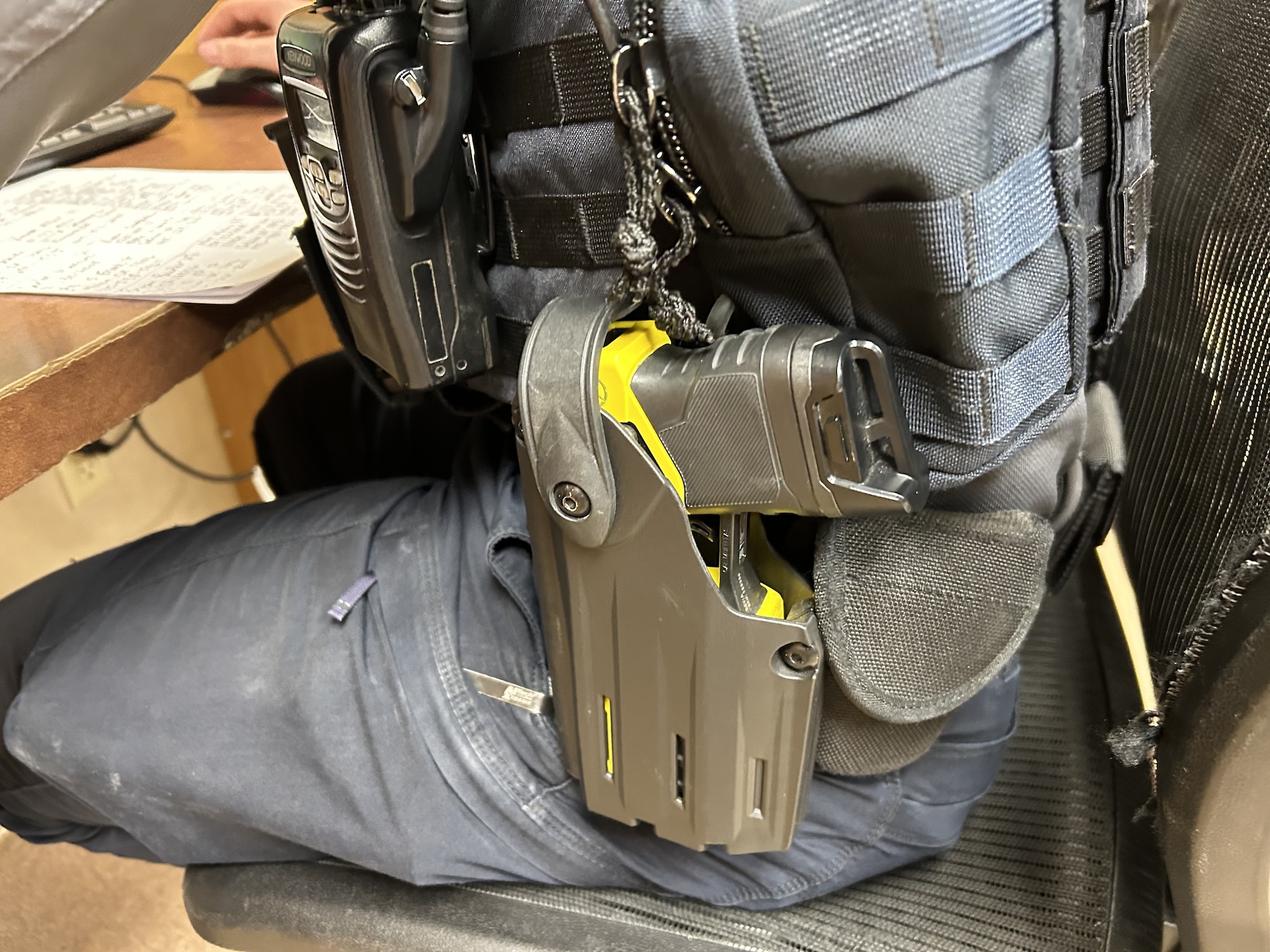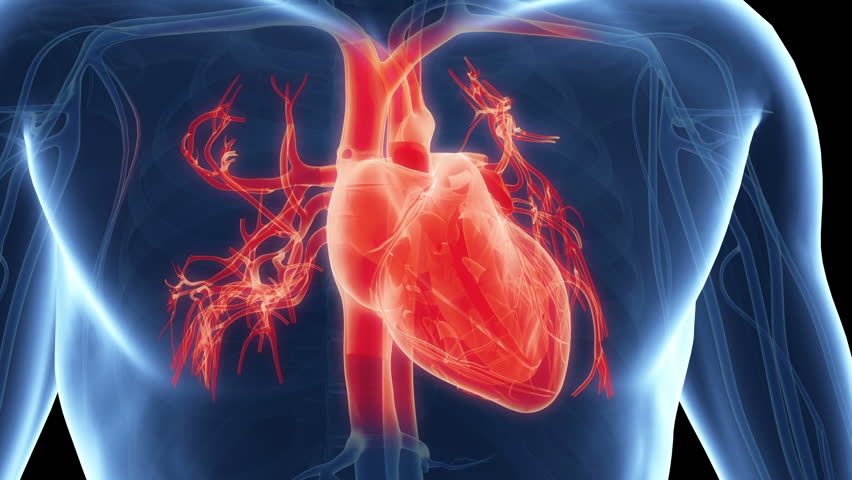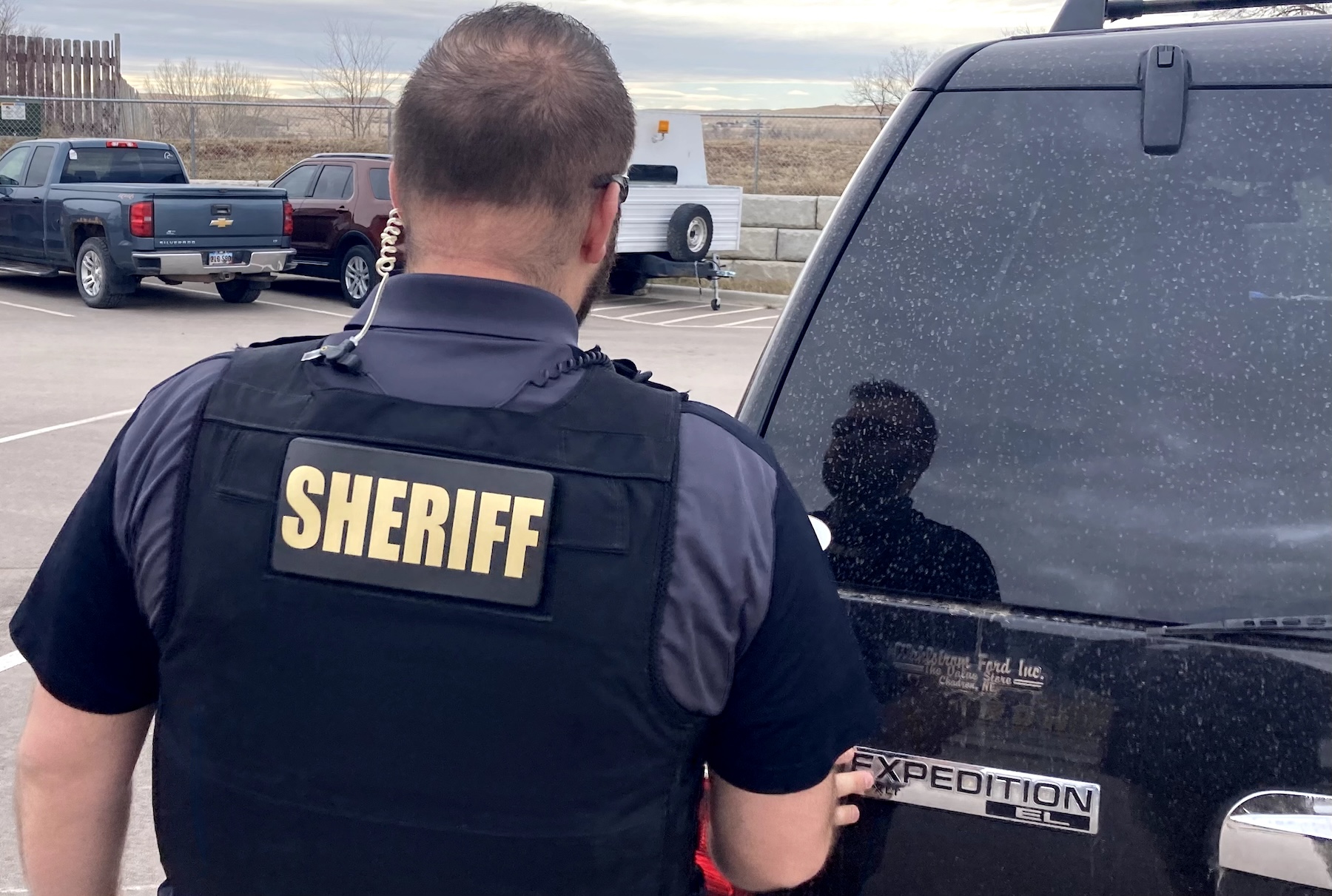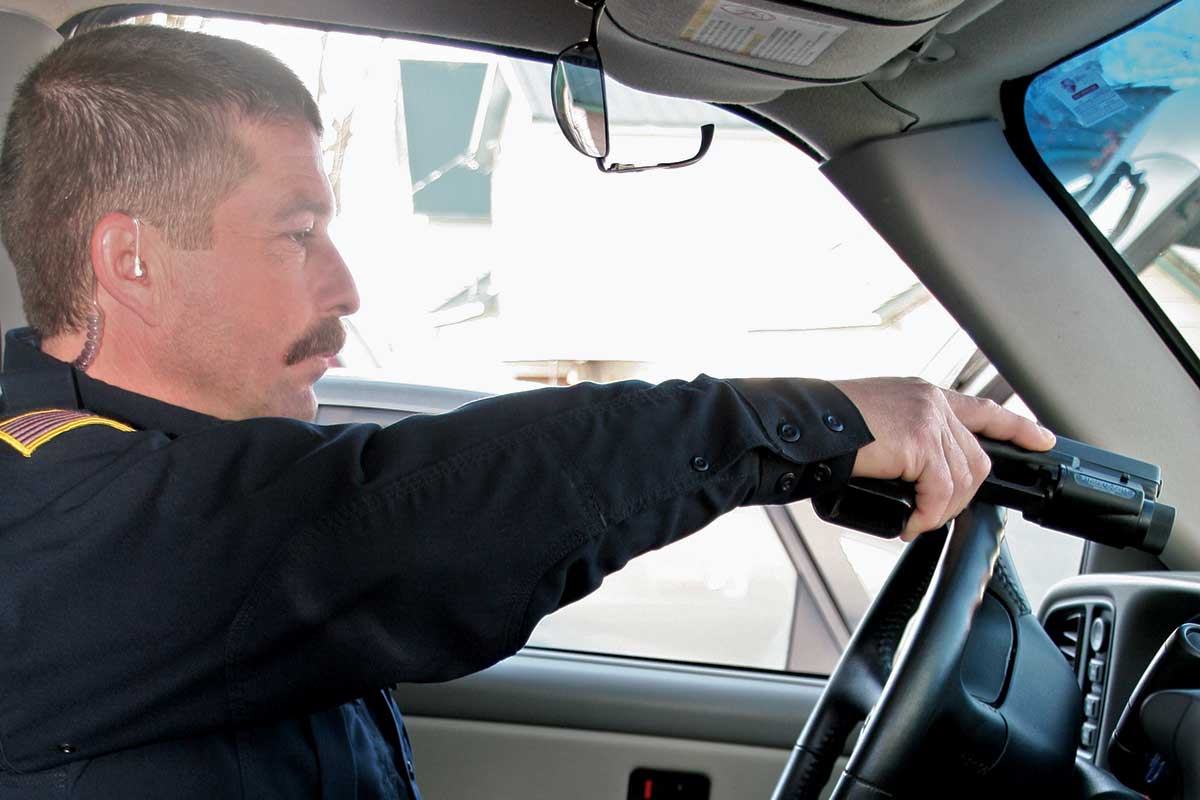
Drawing-IMG_0015-800
If you need the gun just draw it. This sounds simple enough — except for the trouble we get into while just drawing it or just putting it away. Yeah I know; simple — yes — except, I can think of a whole bunch of times cops have shot themselves — some fatally — while “just drawing” or “just putting it away.”
THE RANGE
Not often enough we train at the range, well actually qualify to meet the mandated basic standards designed by someone who often thinks the range is a place where the buffalo still roam. I digress, sorry … the training, in theory, brings our skill level up and addresses tactical issues, applications and knowledge gleaned from current events and incidents. Our training allows us to address the issue of drawing the handgun with the strong hand and of course the opposite hand in case of injury to include dis-arming all the retention strap lever stuff and of course the wily re-holster and so on.
The staff explains the subtle points of the draw, like not covering our hands with the muzzle during the draw stroke and even more often during the re-holster so as to not acquire the new nickname of “stumpy.” They should also include drawing the handgun from the supine and or prone position. All of us have been in a physical fight and almost all fights wind up on the ground. So, if it turns from a physical fist fight into a gunfight we’ll of course be tuned up because the staff has had us work on that grounded drawing technique — during qualification. Or is it training? Get the point?
FOOD FOR THOUGHT
Most cops get some semblance of range training in presentation of the handgun from the holster. This is helpful, as contemporary retention holsters require practice for even the lowest skill level to be achieved. This is the point at which you can actually get the damn thing out and put it away. In your world when you need it you often really need it and when you are about to have a handful of “turd” it needs to go back in smoothly and securely.
THE CAR
Much of your time is spent in a patrol car. While in the car, you may have to draw the handgun to defend yourself or to prepare to defend yourself as you exit the vehicle. Here’s a non-shooting tip: Make sure you select a transmission mode that doesn’t allow it to run over you while or soon after you get out of it. Park would be good. I have seen cops chase their cars down the road. It’s pretty funny, especially if you’re not their supervisor. But, if you creamed the whole front end of your cruiser and your engine is in the trunk now, you probably won’t have to worry about the car rolling away.
THE SEAT BELT
The seat belt won’t automatically retract if there’s been the least bit of violent action with the vehicle sometimes even including slamming on the brakes or an impact. So you’ll have to move the belt out of the way. A good way is to slide your opposite hand between the belt and the front of your body, run your extended fingers down to the release latch and while pushing down grasp the belt with your fingers. While holding it, move it across to the door handle.
THE DOOR
A note of caution here as with all the stuff on the cars these days; you may have to pull the lock button. Your auto door locks are, at times, less than reliable when your battery is sitting on the center console due to a collision. The door can be pushed opened with the support hand. You probably shouldn’t shove it or jab it with the foot. It may rebound and whack the snot out of you.
Key points regarding the open door are: Don’t put your foot in the V made by the door and the car body nor should you rest your hands or forearms in the V made by the door strut and windshield strut. The door could be struck by passing cars and or the suspect vehicle if driven back into your cruiser — we don’t want our stuff crushed in between the door and car body. The door is concealment but may provide some degree of cover, mostly determined by what type of rounds may be inbound from the threat. The door may stop .38 Special — it won’t stop .30-06 rounds.
THE DRAW
The draw stroke is tied to the belt and door manipulation, as an example: as the opposite hand goes to the belt the strong hand goes to the handgun and unsnaps retention straps. The opposite hand moves the belt to the door while the strong hand draws the pistol and takes it to a place along side the steering wheel at three o’clock. As the opposite hand moves to the door and releases the belt, the handgun is moved to twelve o’clock on the steering wheel and on around to nine o’clock. The door should now be open and the muzzle of the handgun moves for-ward and out of the car.
This technique does not allow the muzzle to cross the legs or crotch and more importantly the muzzle isn’t snagged in the openings of the steering wheel, fouling the drawing stroke. Probably more important, especially if the handgun is brought back into the car under duress, is to recover the handgun back to the holster in a reverse sequence, of nine, twelve, three and re-holster.


